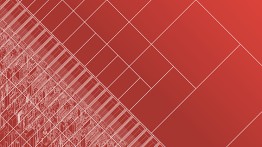Regular City: Construction of Ideas Past and Future
Mon, Jan 14, 2019 12am - Fri, Feb 8, 2019 11:59pm

This exhibition is founded upon material from the upcoming publication Urban Grids: Handbook for Regular City Design (ORO Editions, 2019), written by Joan Busquets, Dingliang Yang, and Michael Keller. It is the result of an eight-year research project undertaken at the Harvard University Graduate School of Design on regularity in city design, with a particular emphasis on the latent capacities and projective potentials of the urban grid. Research into existing cities and projects is revealing new emerging conditions for the urban grid, presented here as possible paradigms for the city of the future.
The exhibition is organized in four parts. The first part, Atlas of Regular Cities, presents a survey and comparative analysis of 100 regular cities from across the globe. The second part, Grids through History, presents a historical reading of the regular city through four contrasting arguments. The third part, Emergence of New Urban Grids, presents a selection of key projects, texts, and concepts from the 20th century, followed by a selection of contemporary urban projects at the intermediate scale that exhibit the application of regular logic in their conceptualization and integration into the greater city. The fourth part, The Grid as Open Form for City Design, presents four lenses on design tools and concepts that may continue to inform good city design into the near future.
Third Floor Hallway Gallery
Open to Students, Faculty, and Staff
In conjunction with the exhibition, Joan Busquets will give a lecture in the Frederick P. Rose Auditorium on Thursday, February 7. More details here.
Located at 7 East 7th Street, between Third and Fourth Avenues




